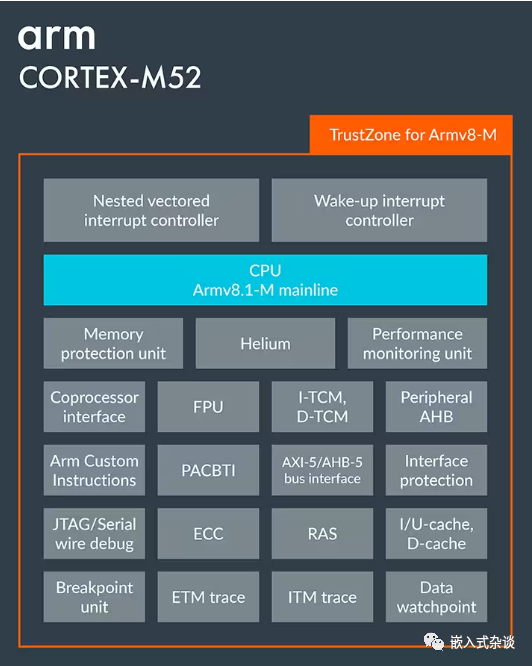Edge computing is a decentralized computing architecture that moves the computation of applications, data, and services from centralized network nodes to the logical edge nodes of the network. It exists between physical entities and industrial connections or at the top of physical entities. Under the edge computing architecture, data analysis and knowledge generation are closer to the source of data, making it more suitable for handling big data.
Edge computing has the following characteristics:
1. Faster network service response: By moving applications and data processing to the edge of the network, edge computing can respond more quickly to network service requests.
2. Meeting real-time business needs: Since edge computing is closer to the source of data, it can retrieve data and perform real-time processing and analysis more quickly, meeting the industry’s needs for real-time business.
3. Meeting application intelligence needs: Edge computing can better support applications such as artificial intelligence and machine learning, as these applications require a large amount of data for training and inference, and edge computing can provide faster and more efficient data processing and analysis capabilities.
4. Meeting security and privacy protection needs: Since edge computing can better protect the security and privacy of data, it can better adapt to scenarios that require high security and privacy protection, such as healthcare and finance.
Recently, Arm launched the Cortex-M52 processor designed specifically for AI applications and edge computing, which means that even the low-end market can embrace AI, and MCU manufacturers will begin a new round of MCU upgrades, with more AI-capable MCUs coming soon.
In my opinion, there are three key points about the Cortex-M52 worth noting.
First, the Cortex-M52 incorporates Arm Helium technology.
The Cortex-M52 is the smallest processor utilizing Arm Helium technology, providing excellent low power consumption and offering low-cost, high-performance AI technology for the Internet of Things.
The Helium website defines it this way: Arm Helium technology is applicable to the Arm Cortex-M processor series, also known as M-Profile Vector Extension (MVE). Helium is an optional extension of the Armv8.1-M architecture that significantly enhances the performance of machine learning (ML) and digital signal processing (DSP) applications in small, low-power embedded devices.
https://developer.arm.com/Architectures/Helium

Second, compared to previous generations of Cortex-M, machine learning performance has increased by 5.6 times, and digital signal processing performance has increased by 2.7 times.
 Third, in terms of security, further enhancements have been made, including PACBTI and TrustZone, making it easier to obtain PSA Certified Level 2 certification.
Third, in terms of security, further enhancements have been made, including PACBTI and TrustZone, making it easier to obtain PSA Certified Level 2 certification.

Finally, here is a comparison of ARM’s Cortex M cores, and you can also visit the official website to download the high-definition PDF.
https://armkeil.blob.core.windows.net/developer/Files/pdf/product-brief/arm-cortex-m-processor-comparison-table.pdf

In mid-2024, manufacturers will launch chips based on the ARM Cortex M52, so stay tuned!
Follow the WeChat public account “Embedded Talk” to learn more interesting embedded project information. Thank you all for your likes and support!